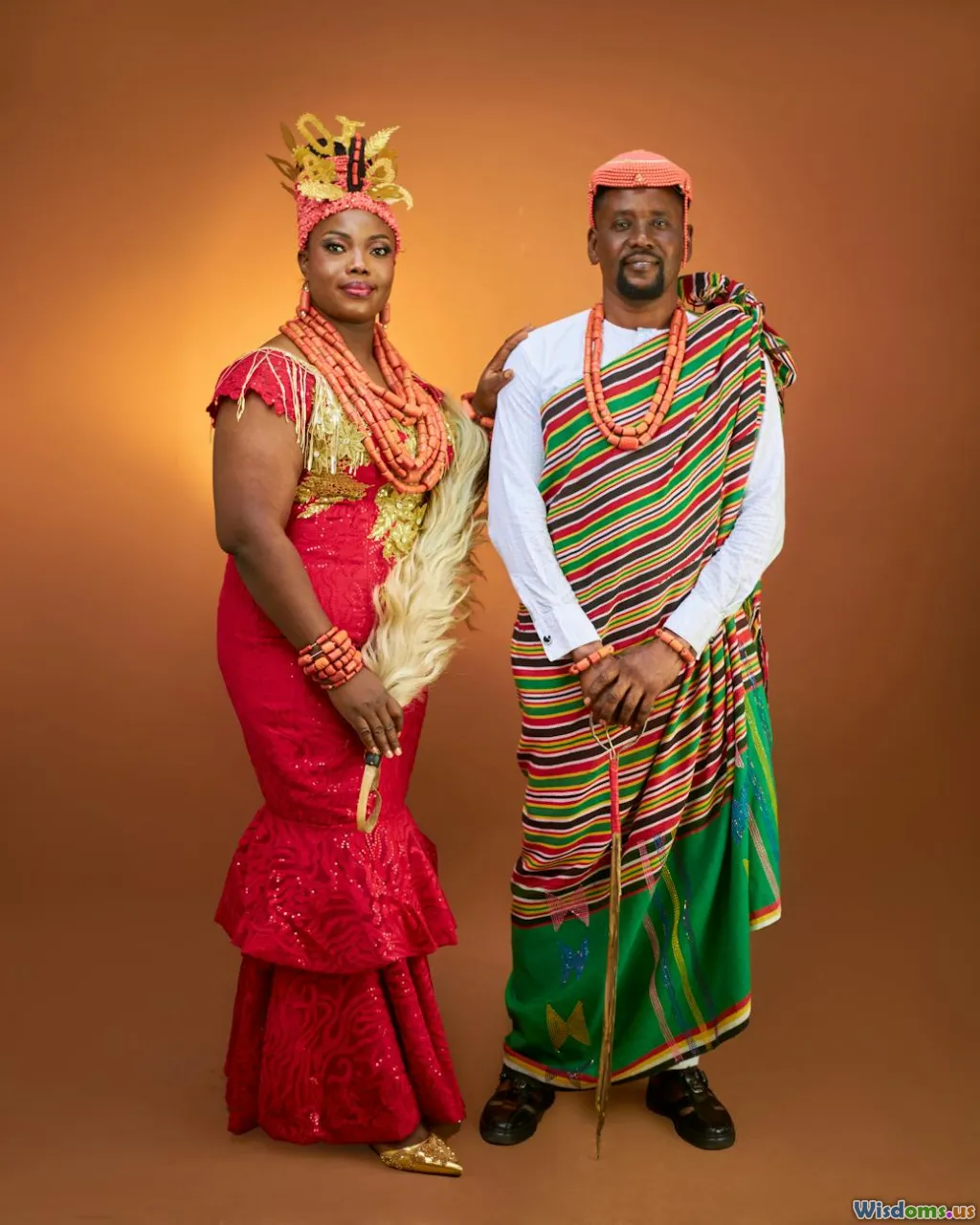
Is Fast Fashion Changing Our Cultural Identity
7 min read Explore how fast fashion impacts cultural identity through trends, consumer behavior, and globalization influences. (0 Reviews)
Is Fast Fashion Changing Our Cultural Identity?
In the dynamic landscape of global fashion, a phenomenon known as fast fashion reigns supreme. Characterized by rapidly produced, inexpensive clothing designed to mirror high-end trends, fast fashion brands like Zara, H&M, and Forever 21 have revolutionized how we consume apparel. But beyond the runways and store racks, a much deeper question arises: Is fast fashion altering our cultural identity?
This article navigates the complex interplay between globalized fashion systems and shifting cultural narratives, providing insights into how rapid consumer trends impact traditional dress, cultural values, and collective identity.
The Rise of Fast Fashion: A Cultural Catalyst
To understand the cultural impact, we must first familiarize ourselves with the scale and pace of fast fashion. Unlike traditional fashion cycles with seasonal collections, fast fashion delivers new styles every few weeks. This unprecedented speed makes it possible for consumers to reflect current global trends instantly.
The Democratization of Fashion?
Fast fashion is often praised for making style accessible to wide audiences, breaking the exclusivity of fashion elites. This democratization means cultural symbols once confined to specific groups can now be globally shared — but there is a catch. Cultural elements are sometimes copied without context, stripping original meanings and risking cultural appropriation.
For example, Indigenous prints and motifs have been used by some brands without consent or acknowledgement, diluting their significance. This not only commodifies but also distorts cultural heritage, raising concerns among cultural custodians.
Fast Fashion and the Homogenization of Style
Globalization and Cultural Convergence
Fast fashion thrives on globalization, blending influences from diverse cultures into universally marketable products. While this might suggest a positive cultural fusion, it can also lead to homogenization where unique local styles are overshadowed by mainstream trends.
Studies have observed younger generations in urban centers opting for globally recognized brands over traditional attire in daily wear. For instance, in India, while sarees hold rich cultural importance, many urban youths prefer Western-style fast fashion clothing for convenience, aligning themselves with popular global aesthetics.
The Impact on Traditional Dress
A poignant example appears in Africa, where vibrant, handwoven kente cloths embody deep cultural narratives. However, factory-produced textiles influenced by global fast fashion sometimes replace these authentic garments in everyday life, reducing demand for traditional crafts. According to UNESCO, such shifts threaten tangible and intangible cultural heritages tied to textile making.
Consumer Behavior and Cultural Values
Instant Gratification vs. Cultural Continuity
Fast fashion’s appeal lies in instant gratification — you see a stylish outfit online today, and you can wear it tomorrow. This can clash with cultures that value costumes traditionally crafted over months with communal rituals attached.
The ephemeral nature of fast fashion promotes disposability, weakening appreciation for longevity and heritage. As sociologist Dr. Rebecca Arnold notes, “When clothing loses its story and becomes fast-moving merchandise, our connection to culture can unravel.”
Youth Identity and Social Media
Social media accelerates fast fashion’s influence by showcasing trends in real time, encouraging youth worldwide to adopt styles influenced by international icons rather than indigenous traditions. The result is a younger generation that may feel disconnected from ancestral cultural expressions, favoring a conglomerate global identity.
The Environmental and Ethical Dimension
While not purely cultural, the environmental repercussions of fast fashion feedback into cultural identity. Wastefulness and unethical labor practices clash with traditional values of respect, sustainability, and community solidarity found in many cultures.
Grassroots movements, such as the #SlowFashion campaign, seek to revive mindful consumption, reconnecting present-day behaviors with cultural values centered on stewardship and respect.
Can Fast Fashion and Cultural Identity Coexist?
Some communities are innovating ways to blend fast fashion’s convenience with cultural preservation. Designers in Mexico have incorporated indigenous patterns into contemporary garments produced via fast-fashion channels, ensuring visibility for traditional artistry in global markets.
Moreover, brands like Patagonia emphasize ethical production tied to environmental and cultural consciousness, showing a model where commerce and cultural respect align.
Conclusion: The Future of Cultural Identity Amid Fast Fashion
Fast fashion undeniably shapes how cultures express identity through clothing, often accelerating change towards homogenized styles and altering traditional values about dress and sustainability. While it democratizes access to fashion, it also risks eroding the uniqueness of cultural expression.
Preventing cultural dilution requires balancing embracing global trends with preserving authentic narratives through education, ethical fashion choices, and supporting traditional artisans. As consumers, understanding the cultural implications beyond aesthetics empowers us to make informed choices that honor heritage while navigating modern style.
Ultimately, cultural identity is fluid — but fast fashion’s role should be a conversation about respectful evolution, not erasure.
References & Further Reading
- UNESCO (2019). Intangible Cultural Heritage at Risk: Textile Traditions.
- Arnold, R. (2021). Fashion and Cultural Memory. Journal of Cultural Studies.
- Fletcher, K. (2014). Sustainable Fashion and Textiles: Design Journeys.
- The Guardian (2020). Indigenous Patterns Take Center Stage in Global Fashion.
- Ethical Consumer (2023). The Rise of Ethical and Slow Fashion Movements.
Rate the Post
User Reviews
Popular Posts





















